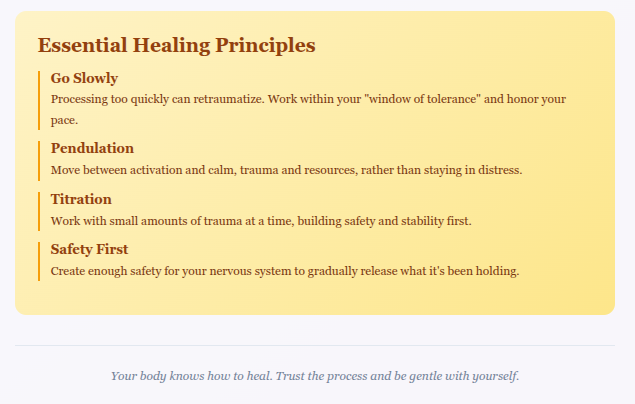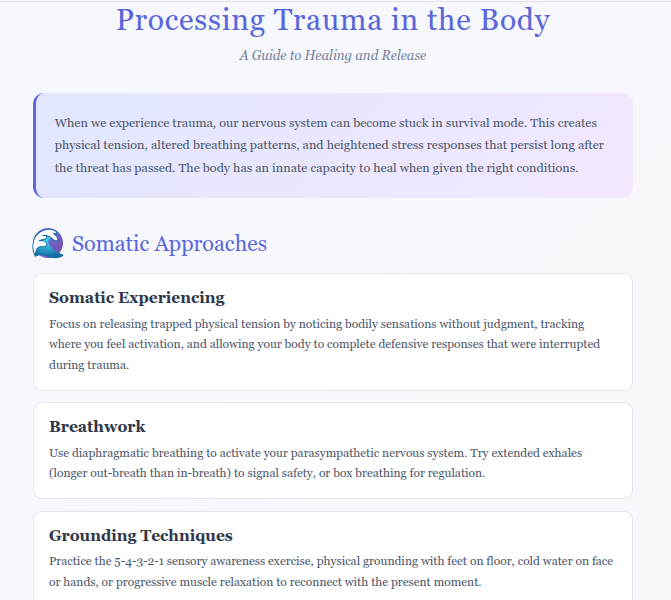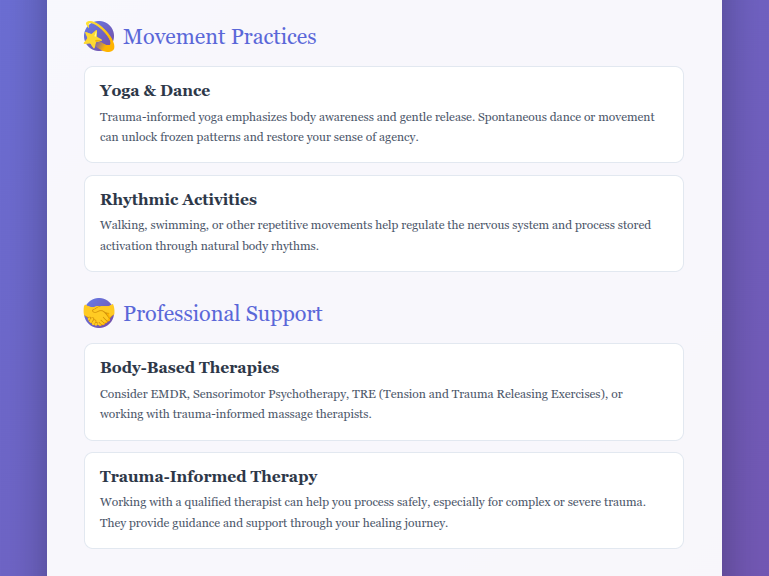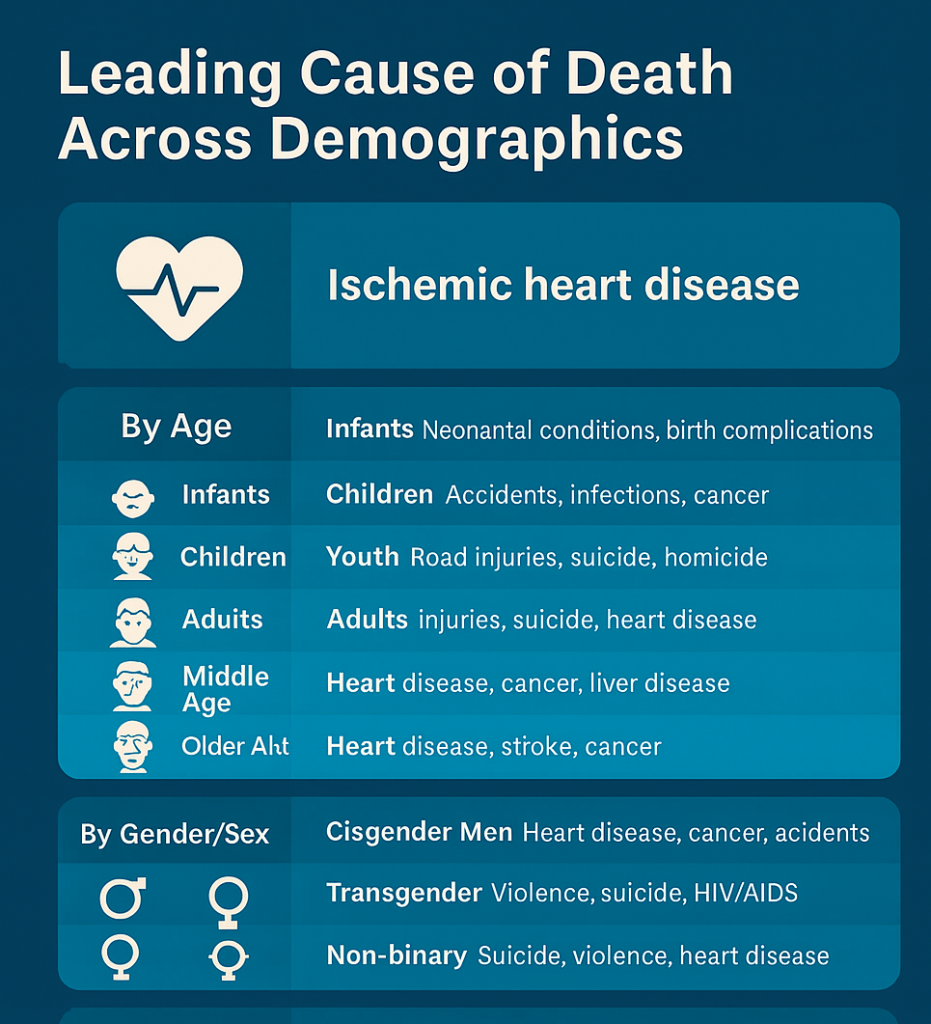This is a subtle but important distinction—excuses often sound like reasons, which is why it can be confusing. Let’s break it down clearly.
1. Core difference
| Aspect | Reason | Excuse |
|---|---|---|
| Definition | An explanation for why something happened, based on facts or legitimate circumstances. | An attempt to justify or defend a behavior, often to avoid blame or responsibility. |
| Purpose | To clarify or explain objectively. | To deflect responsibility or make oneself appear less accountable. |
| Truthfulness | Usually true and relevant. | Can be true, partly true, or sometimes fabricated; often selectively presented. |
| Effect | Helps others (or yourself) understand the situation. | Helps avoid criticism or guilt; may not genuinely resolve the issue. |
2. How they feel in practice
- Reason example: “I missed the meeting because the train was delayed due to an accident.”
- It’s factual, external, and unavoidable.
- Excuse example: “I missed the meeting because traffic was terrible.”
- May be partially true, but it avoids full responsibility, like leaving early, not planning ahead, or not checking alternatives.
Sometimes excuses can sound like reasons if they include a kernel of truth. The difference is often intention and accountability:
- If the explanation acknowledges your role or is verifiable, it’s a reason.
- If it shifts blame or deflects responsibility, it’s an excuse.
3. Quick test to distinguish them
Ask yourself:
- Does this explanation take ownership of what I could control?
- Is it meant to inform or to justify?
- Would I offer the same explanation if I were fully accountable?
- If yes → Reason
- If no → Excuse
everyday examples of reasons vs. excuses across different areas. I’ll show why some things sound like reasons but are actually excuses.
1. Dating / Social Life
| Scenario | Reason | Excuse |
|---|---|---|
| You cancel a date | “I have a high fever and shouldn’t go out.” | “I was too tired, traffic was bad, and it was going to rain.” ❌ (shifts responsibility to external factors rather than personal choice) |
| You forget to reply to messages | “I was on a work trip with limited phone access.” | “I didn’t reply because I was busy and you wouldn’t understand anyway.” ❌ (blames the other person and avoids owning the choice) |
Key: A reason explains something honestly. An excuse tries to minimise perceived fault. Key insight here:
A statement can be part reason, part excuse. The difference often comes down to which element you emphasise and how you frame it.
- Valid, reason-focused version: “I’m really exhausted and need to rest tonight so I can be ready for tomorrow. Can we reschedule?”
- Takes ownership, honest, emphasises your physical/mental limit.
- Excuse-heavy version: “I didn’t want to go because traffic was bad, potential rain, and I was tired.”
- Blames external factors first, makes it sound like avoidance rather than legitimate self-care.
Your perception matters. If fatigue is real, it’s a valid reason, not an excuse. The “excuse” label is mostly about statements that use partially true or exaggerated external factors to justify avoidance, rather than honest, understandable limits.
2. Work / School
| Scenario | Reason | Excuse |
|---|---|---|
| Missed a deadline | “I underestimated the time needed for this task; I’ll adjust my schedule next time.” | “The instructions weren’t very clear and the system was going slow, so I couldn’t finish.” ❌ (shifts responsibility, even if partly true) |
| Poor performance | “I didn’t have enough data to make a complete analysis.” | “The team didn’t give me enough support, so it’s not my fault.” ❌ (focuses on others rather than personal accountability) |
Key: Reasons acknowledge what happened and provide context. Excuses often imply “it’s not really my fault.”
3. Personal / Everyday Life
| Scenario | Reason | Excuse |
|---|---|---|
| Late to a social gathering | “The bus broke down and I left early to catch it.” | “I left on time but buses are always late.” ❌ (blames circumstances without taking steps to prevent being late) |
| Didn’t keep a promise | “I forgot because I put it on the wrong calendar; I’ll set a reminder next time.” | “I forgot because I’ve been too busy and stressed.” ❌ (partly true, but framed to deflect personal responsibility) |
4. Key Patterns to Spot
- Reason: Explains what happened, takes some ownership, is often verifiable.
- Excuse: Explains why it’s not your fault, often blames external factors or minimises responsibility.
- Trick: Excuses can be dressed up with facts, which is why they sound like reasons—but the difference is ownership and intention.
“There is no such thing as a list of reasons. There is either one sufficient reason or a list of excuses.” — Robert Brault.
“It is easier to find an excuse than to find a reason.” — Doug Brown.
“Reasons become excuses when they are used to avoid responsibility or to be accountable.” — Dave Anderson
There’s a substantial body of psychological research that touches on excuses, reasons, and how people justify their behaviour.
1. Excuses in psychology
- Often studied under concepts like self-justification, self-handicapping, and impression management.
- Key idea: People sometimes give excuses to protect self-esteem or avoid negative social judgement.
Examples from research:
- Self-Handicapping: When people create obstacles for themselves (e.g., “I didn’t study because I was tired”) so if they fail, they have an excuse. This is well-studied in educational and performance psychology (e.g., Jones & Berglas, 1978).
- Impression Management: Excuses can be used to manage how others perceive you—making yourself look less at fault or more sympathetic (Leary & Kowalski, 1990).
- Moral Psychology: People distinguish between excuses (to deflect blame) and justifications (to explain actions as morally acceptable). Excuses are seen as reducing personal responsibility, whereas justifications are claiming the act is okay under circumstances (Shaver, 1985).
2. Valid reasons
- Studied more under attribution theory: how people explain causes for their behaviour.
- Internal vs. external attribution:
- Internal: “I didn’t finish because I didn’t plan properly.”
- External: “I didn’t finish because the bus was late.”
- A valid reason often corresponds to an explanation that is fact-based, relevant, and seen as legitimate by social norms, while an excuse may rely on controllable factors framed as uncontrollable.
Research highlights:
- People are more likely to accept explanations as valid reasons if they acknowledge personal responsibility (Miller & Ross, 1975).
- Excuses are more likely to be accepted if they appeal to external constraints beyond one’s control, even if the person could have done something differently.
3. Subtle distinctions in research
- Excuse: Often functions to protect self-image or avoid punishment/blame.
- Reason: Functions to inform others of causality; it may include personal responsibility and is usually perceived as legitimate.
- Studies show that people are much more forgiving when a reason signals honesty and unavoidable constraints, versus an excuse that signals avoidance of responsibility.
4. Practical implications
- Being clear about whether you’re giving a reason or an excuse affects trust and credibility in relationships.
- Psychologically, framing your explanation around ownership and unavoidable factors makes it more likely to be perceived as a reason rather than an excuse.







